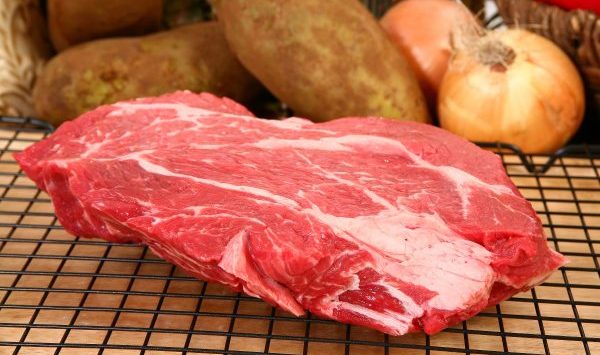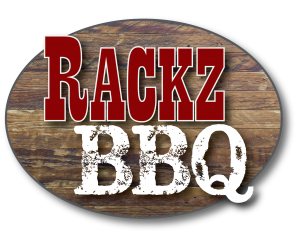When discussing meat preparation and cooking, “connective tissue” is used as an umbrella term to describe a variety of connective tissues found in a cut of meat, such as ligaments, tendons, silver skin, fibrous tissues, and more.
Continue reading to learn about the difference types of connective tissues in meat, including their purpose and how they react to being cooked.

Smoked Meat Dinners 317-688-7290
Most Common Connective Tissues
In a standard cut of meat, the type of connective tissues present will vary depending on various factors. The most common connective tissues are ligaments, tendons, silverskin, and muscle fibers. Ligaments connect the bones together, while tendons connect muscle to the bone. Silverskin is a white layer of fibrous tissue that encases the entire muscle. Then there are individual muscle fibers that are sheathed within the connective tissues, and are not as easy to see.
What They Do
The purpose of connective tissue is to pull bones into movement when muscle fibers contract. This is why they need to be strong. Additionally, the harder muscles are forced to work, the thicker and tougher any sheathing will be around the muscle fibers. This is why cuts like shoulders and legs have more connective tissue than cuts like ribs and back portions. Shoulders and legs tend to experience higher activity levels than the back and rib areas of an animal.
Connective Tissue Composition
Not only are connective tissues assigned different roles, they are made from different organic components that respond in a different way when cooked. The two most common organic components found in connective tissues are proteins called elastin and collagen.
Elastin is a protein that forms the silverskin and ligaments in a cut of meat. It is what we would consider the “gristle” part on a steak or other cut of meat. Regardless of cooking method or approach, gristle will always be tough and chewy as a result of the elastin proteins. For this reason, it is common practice to remove as much elastin connective tissue, or gristle, from a cut of meat before it’s cooked.
Collagen is another common protein found in meat. It is responsible for sheathing the elongated muscle fibers that make up a cut of meat. You see, meat is made of these long muscle fibers, and each individual one is encased in coat of collagen. Furthermore, these elongated muscle fibers are bunched together to form larger muscle masses, which are also encased in collagen. These “bundles” of meat fibers are known in the culinary industry as the “grain” of the meat. Interestingly, cartilage also contains collagen, but it is not a type of connective tissue.
Cooking Down Connective Tissue
Collagen is similar to elastin in that it is quite tough in its raw form. You would have a really hard time chewing up a raw piece of beef because all the collagen sheathing is still intact. However, unlike elastin, which has a texture that cannot be changed, collagen can be melted away with the proper cooking styles. Perhaps this is where the real invention of great barbecue and smoked meats originally came from!
You see, collagen will soften and melt when cooked low and slow, between 160 and 205 degrees Fahrenheit. It is usually done this way using a smoker or a technique called braising. After being cooked, collagen turns into gelatin, which is the jiggling, translucent substance you see on a prepared cut of meat. Although it doesn’t look appealing, the gelatin coats the muscle fibers, giving meat a moist and succulent texture.
Visit Rackz BBQ for Tender and Juicy Smoked Meats!

Rackz BBQ
317-688-7290
